10 little-known gems of art and history to see in and around Mantua
Mantua is undoubtedly one of the most beautiful cities in the world, and its most visited treasures are famous: the Palazzo Ducale, Palazzo Te, the basilica of Sant’Andrea, and the Rotonda di San Lorenzo. Those who have more time may want to visit the Duomo, the Mantegna House, or the City Museum in Palazzo San Sebastiano. Mantua and its territory, however, deserve a slow and calm journey, because there are several hidden gems to be found in the province, and also in the city: little-visited small museums, surprising and unexpected palaces, churches full of masterpieces, gardens and residences of the dukes.
On a journey from the morainic hills in the north of the province to the Oltrepò, from the borders with Veneto to the areas further west, the province of Mantua can offer many opportunities for a slow trip in the name of art. We propose below ten destinations that we have chosen from the less famous gems, knowing, however, that the list could be further extended.
1. Arch Palace
A true jewel in the center of the city, but not very well known outside, is the residence of the d’Arco counts, who built it in the neoclassical style starting in 1784 based on a design by architect Antonio Colonna: the family, originally from Trento, had moved to Mantua in the mid-eighteenth century after inheriting an earlier residence that had belonged to the Chieppio counts. With a guided tour at scheduled times (the only possible formula: visiting alone is not allowed), we visit the rooms of the mansion, all still as they were left by the building’s last owner, Giovanna d’Arco Chieppio Ardizzoni, who decided to turn the family home into a museum. Frescoed rooms, portraits of her ancestors, a library with thousands of volumes, and a very rich art collection with masterpieces by Lorenzo Lotto, Tintoretto, Lorenzo Costa, Alessandro Turchi, Pietro della Vecchia, Giuseppe Bazzani, Orazio Samacchini, Bartolomeo Manfredi, and many more. With the admission ticket you also visit the sumptuous garden, and the 15th-century mansion, the only remnant of an earlier building of which little is known (members of the Gonzaga family of Feltrino resided there at the time), where you can admire the extraordinary Hall of the Zodiac, a masterpiece by Giovanni Maria Falconetto, who frescoed all its walls.
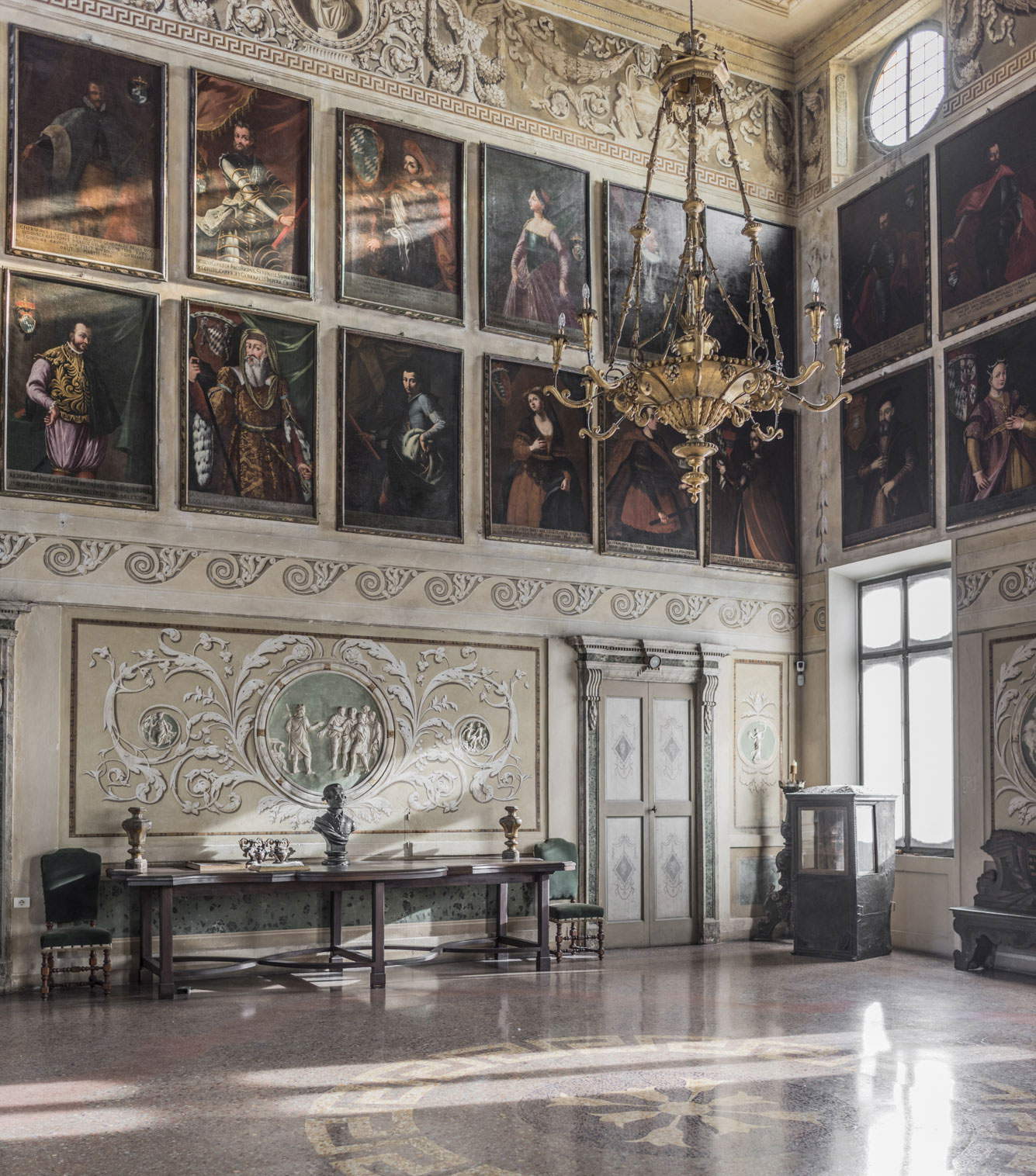
2. Diocesan Museum “Francesco Gonzaga”
Established in 1983 and refurbished in 2008, it is housed in the main cloister of the former monastery of Sant’Agnese, which overlooks Piazza Virgiliana, the beautiful square that is at the same time a busy city park, opened at the end of the 18th century. It is the museum of the Diocese of Mantua and collects works from the city’s main buildings of worship, such as the Cathedral and the Basilica Palatina of Santa Barbara, as well as from churches in the area.The museum consists of several sections: the picture gallery, the Enamels, Ivories and Coins section, the Armor collection, the Paris Tapestries collection, the liturgical furnishings collection, and the Gonzaga Rooms, where works from the Gonzaga collections are kept. One room is dedicated to Giuseppe Bazzani, the greatest artist of eighteenth-century Mantua, of whom the “Francesco Gonzaga” Diocesan Museum preserves the most important body of works in existence (some even with secular subjects). The museum is distinguished by a number of masterpieces, such as Pierpaolo dalle Masegne’s St. George, the sinopia of theAscension attributed to Andrea Mantegna, Correggio’s Deposition and Holy Family, Benvenuto Cellini’s seals, Pietro Tacca’s Crucifix, Giuseppe Bazzani’s Dream of St. Romuald, and then Barbara of Brandenburg ’s precious Missal and the Stauroteca of St. Barbara.
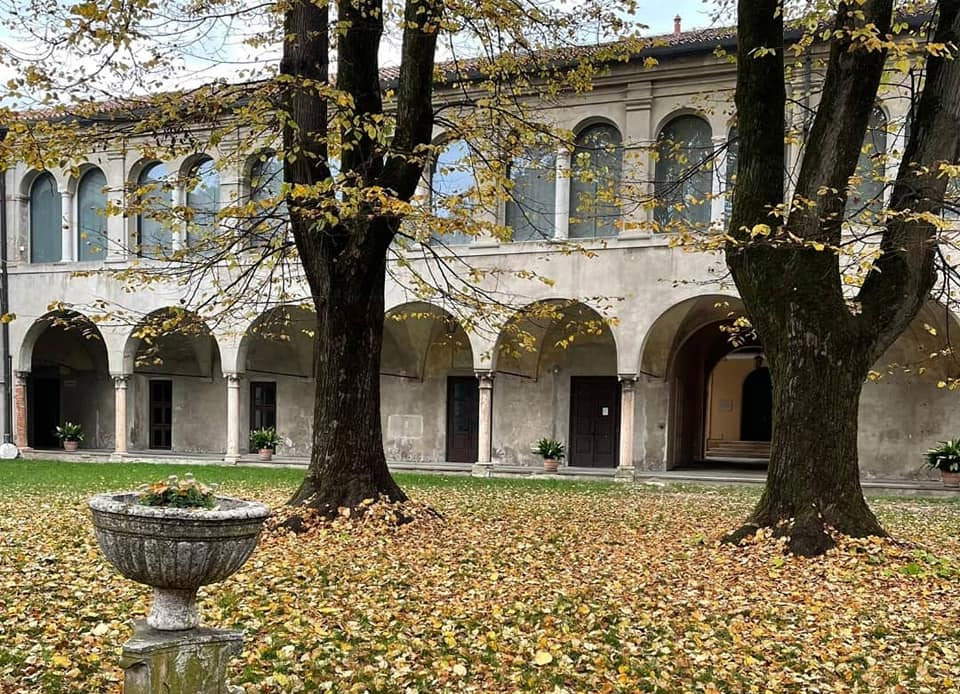
3. Cathedral of Asola
Named after St. Andrew, it is the city’s main building of worship, and was built in its present form beginning in 1509. It is sober on the outside, with a salient façade and the distinctive civic clock grafted directly onto the side, and surmounted by a volute tympanum. The true masterpieces of the cathedral, however, are found inside: the monumental organ, entirely decorated by Romanino (also the author of the decoration of the pulpit), is one of the masterpieces of all early 16th-century art in northern Italy. Also not to be missed is the reinterpretation of Leonardo da Vinci’sLast Supper by an unknown artist of the early 16th century, which translates into a much more quotidian and country-like form of Leonardo’s masterpiece, and then again the Madonna of the Rosary by Jacopo Palma the Younger, the altar of the Madonna carved by Clemente Zamara, the Madonna and Child with St. John by Lattanzio Gambara, the magnificent Polyptych of Mercy attributed to Antonio della Corna, and the numerous 16th-century frescoes decorating the interior.
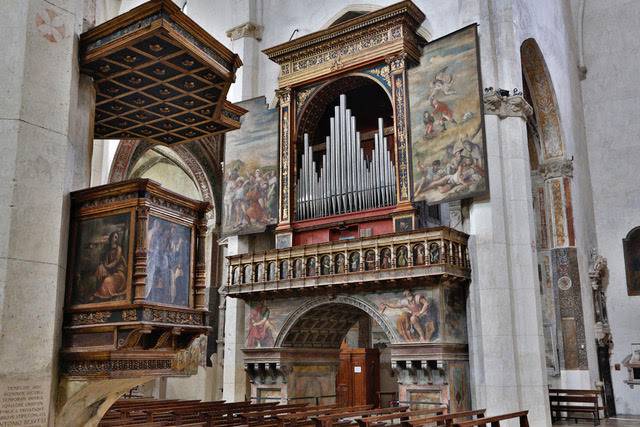
4. Castellaro Lagusello
A hamlet of the municipality of Monzambano, in the morainic hills not far from the border with Veneto and Lake Garda, Castellaro Lagusello is an idyllic, placid village that stands on the shores of a small, heart-shaped lake. In ancient times it was a castle (its origins date back to the 12th century), and part of the ancient structure remains of the walls with the imposing entrance portal surmounted by a clock tower (visitable only on Saturdays and Sundays). In the past it was a possession of the Gonzaga family and the Republic of Venice, strategically placed on the border, while today it is visited for the beauty of its views, the tranquility of its alleys, and the rest offered by the park around the lake. The lakeside park is visited (again, only on Saturdays and Sundays), with a walk along the shores of the lake in Castellaro Lagusello, and Villa Arrighi, which offers beautiful panoramic views. Nearby is the Fondo Tacoli pile-dwelling site, which is part of the UNESCO World Heritage Site (included in the transnational site “Prehistoric pile-dwelling sites around the Alps”). Also worth seeing is the church of San Nicola di Bari, the village’s main church, immediately at the entrance to the small village. Castellaro Lagusello is part of the Most Beautiful Villages of Italy circuit.
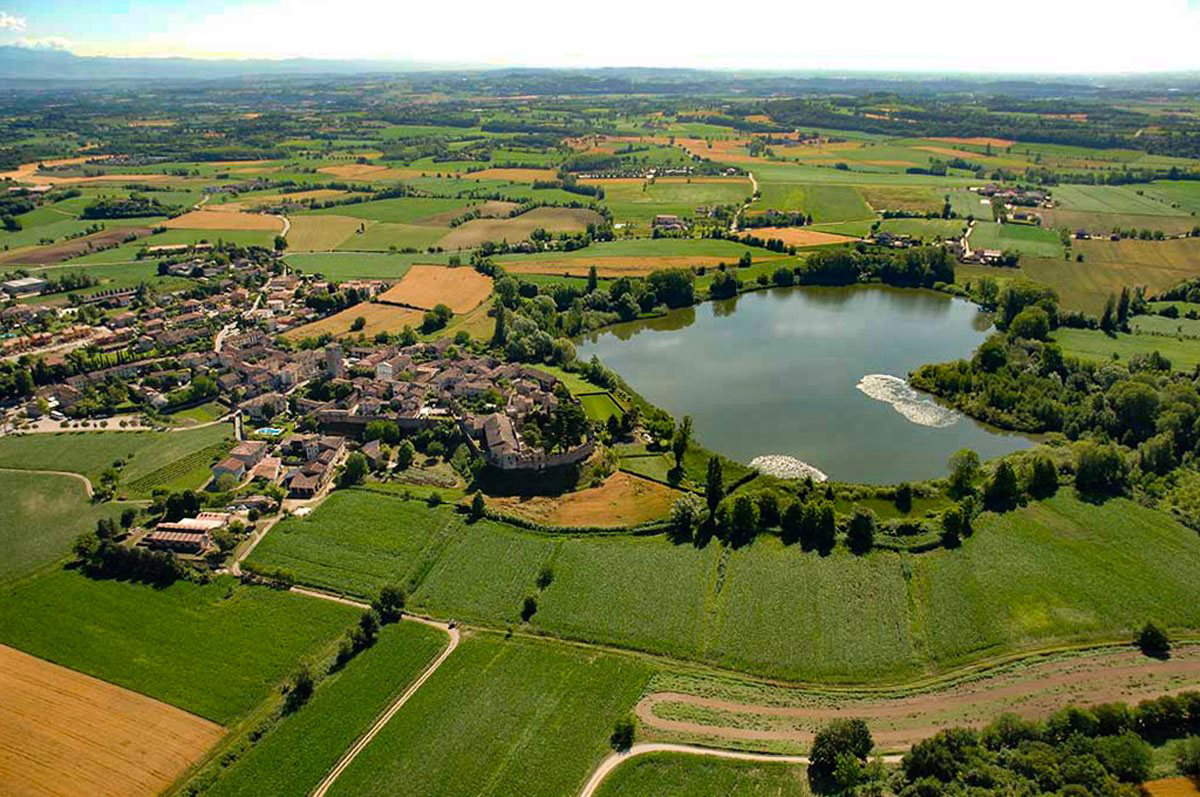
5. Volta Mantovana
This little-known village of seven thousand inhabitants stands on a hill that rises right in the middle of the plain, and this feature alone would be enough to define Volta Mantovana’s uniqueness. However, it is also a place with interesting monuments to visit, starting with the 11th-century castle (perhaps it was built at the behest of Matilda of Canossa), which still retains its original layout and a couple of towers, including the one on which the civic clock was installed in later times. Then opposite the castle stands the parish church dedicated to Santa Maria Maddalena, overlooking a beautiful tree-lined panoramic square: inside are remains of 14th-century frescoes and works from the 17th and 18th centuries. In the center of the town you can also visit Palazzo Gonzaga-Guerrieri (the Italianate garden, with its terrace, is another of the village’s scenic spots), built in about 1450 at the behest of Ludovico III Gonzaga as a country residence on the moraine hills.
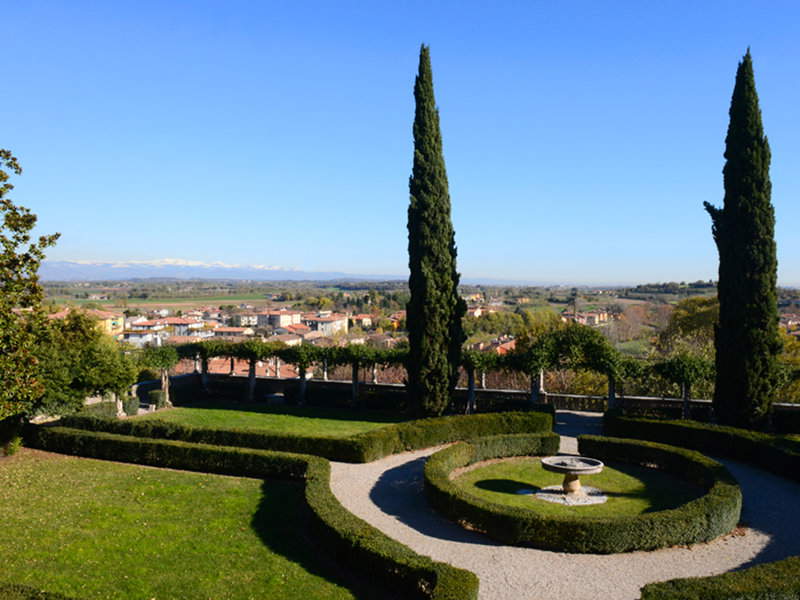
6. Sabbioneta’s Teatro all’Antica
Sabbioneta’s Teatro all’Antica was built beginning in 1587 at the behest of Vespasiano Gonzaga, Duke of Sabbioneta, who commissioned the great Vicenza architect Vincenzo Scamozzi. It is the first example of a modern theater built on a site not occupied by earlier structures (the Teatro Olimpico in Vicenza, which predates it by a few years, was built on a pre-existing building). It is a splendid Renaissance theater, with a scheme that traces that of the classical theaters of antiquity: around the stage the tiers of seats are arranged in a semicircle, and the cavea is surmounted by a splendid colonnade, above which rise statues of mythological gods. The coffered ceiling is not the original: in fact, Scamozzi had designed an inverted hull ceiling.
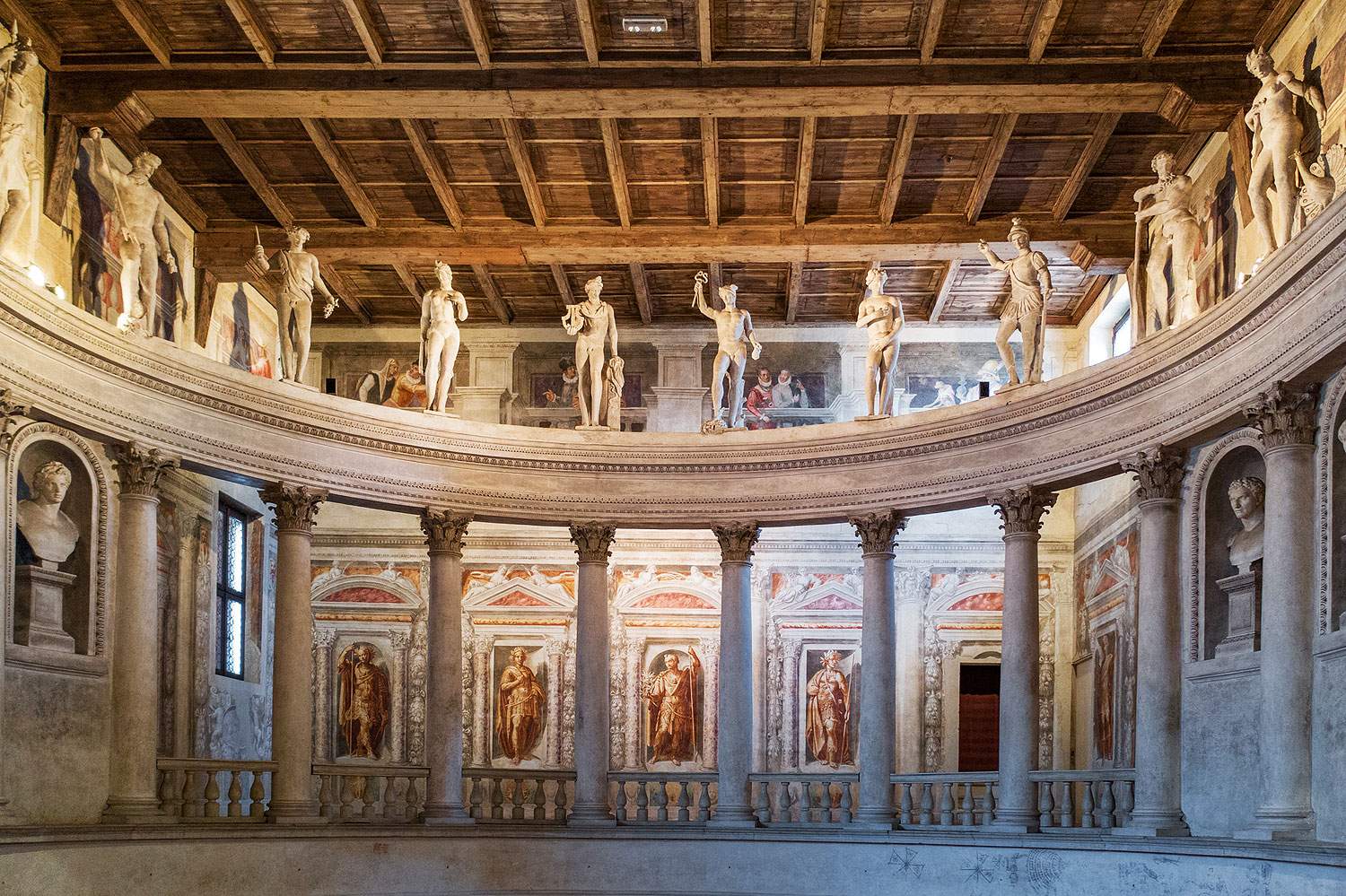
7. Sanctuary of the Graces in Curtatone
The Sanctuary of the Blessed Virgin of Graces is located in Curtatone, not far from the banks of the Mincio River on the outskirts of Mantua. It was built between 1399 and 1406, at the behest of Francesco I Gonzaga, in a place where the Marian cult was strongly rooted: Francesco I had it erected as a vow to Our Lady after a plague. The structure is attributed to the architect Bartolino da Novara, the same who designed the Castle of San Giorgio and the Castello Estense in Ferrara. The church was later enlarged with a convent, library, and oratory. It is an imposing Gothic building, with a single-nave interior: the cross vaults are decorated with rich floral frescoes, and in the center of the ceiling famous is the hanging crocodile, which was probably placed here between the 15th and 16th centuries.
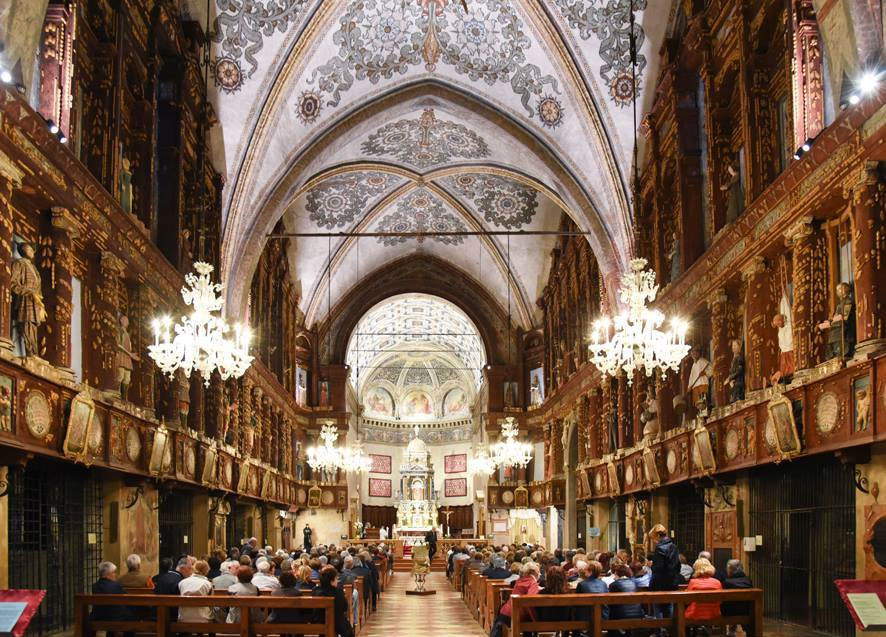
8. Polirone Abbey
This extraordinary and very ancient complex is located in the center of San Benedetto Po: its history traditionally begins in the year 1007, when Tedaldo di Canossa, Matilda’s grandfather, founded the monastery in a marshy area, at the time inhabited by very few people, on what was at the time an island located between the Po and the Lirone (hence the name of the abbey). The monastery then grew larger over the centuries, thanks in part to the contribution of Matilda of Canossa, whose funeral monument is located inside the abbey church. Numerous masterpieces can be found in the complex: the monastery refectory houses Correggio’s famous fresco (a painted architecture that was intended to frame Girolamo Bonsignori’sLast Supper ), and then the sacristy frescoed by the school of Giulio Romano, numerous 16th-century sculptures by Antonio Begarelli, and much more. Read also the in-depth article we devoted to Polirone Abbey.
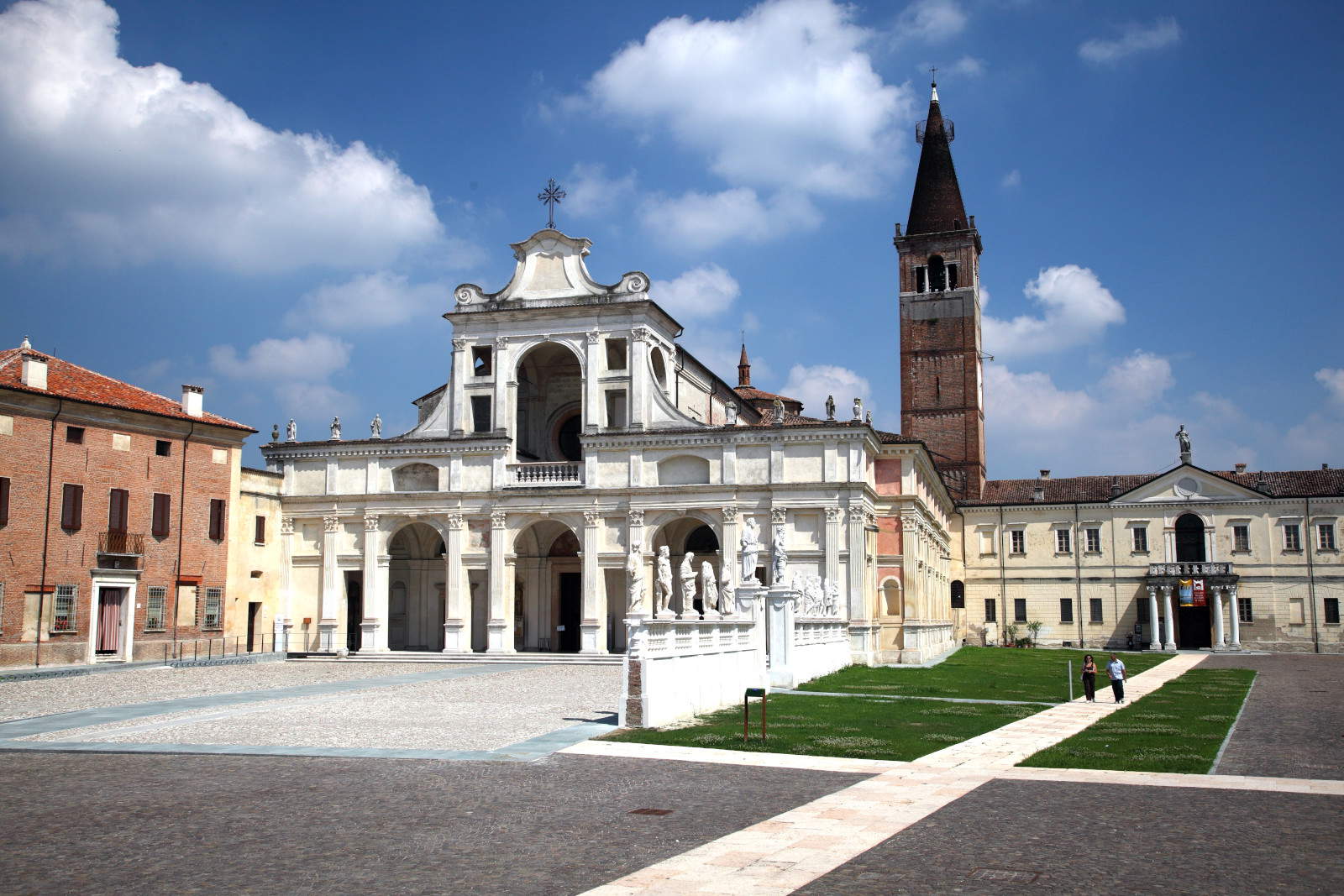
9. Bosco Fontana Nature Reserve
This park is located near Marmirolo and is a forest that was once part of an area owned by the Gonzaga family and reserved for hunting. In fact, right in the center of the reserve stands the Palazzina di Caccia (Hunting Lodge) built at the end of the 16th century by Vincenzo I Gonzaga, which is distinguished by its rustic appearance: it consists of ten rooms, including two halls of honor that were used for receptions. The Palazzina opens only on certain occasions and therefore cannot always be visited: however, the nature reserve is always walkable, which is, however, only a part of the more extensive Gonzaga forest anticoq. After abandonment following the fall of the duchy, in fact, the forest began to gradually diminish: it was saved from disappearance because in 1910 it became part of the State Forestry Department, an act that sanctioned the beginning of the forest’s protection.
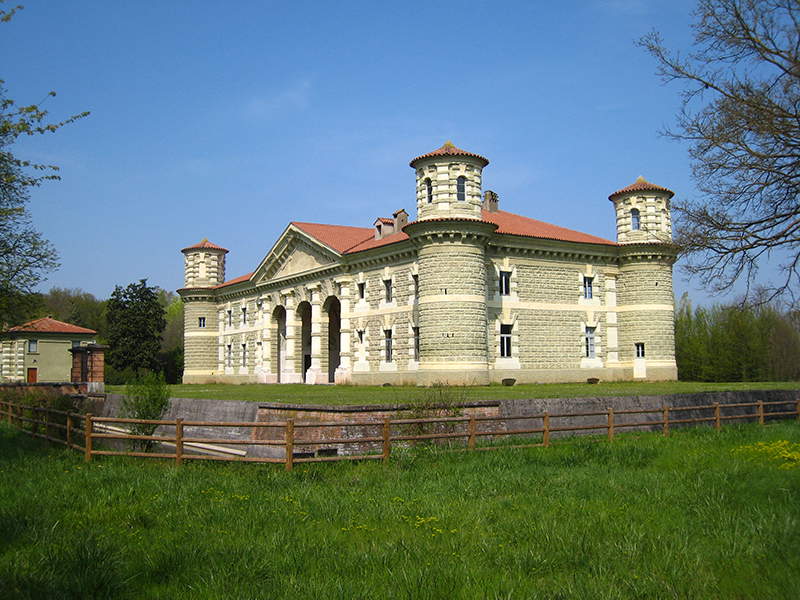
10. Torre d’Oglio and Commessaggio pontoon bridges.
These are unique bridges built on barges moored on the Oglio River (the one in Torre d’Oglio) and the Navarolo Canal (the one in Commessaggio). They are modern: they were built in 1926 and 1976, respectively, to replace earlier structures now in ruins or unsafe. The one in Commessaggio is for crosswalk, while the one in Torre d’Oglio, which rests on a more solid structure, can also be crossed by car. By virtue of their uniqueness (pontoon bridges are very rare in Italy and elsewhere), the two bridges have often been chosen as sets for films and various shootings.
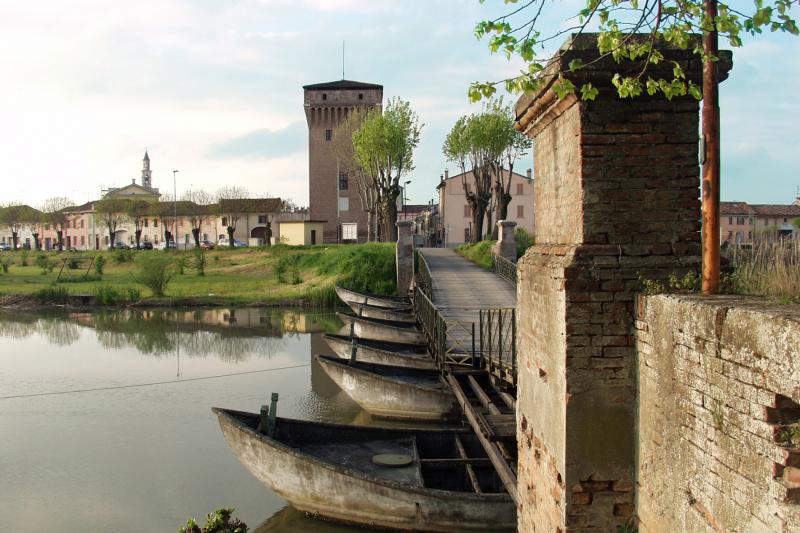
 |
| 10 little-known gems of art and history to see in and around Mantua |
Warning: the translation into English of the original Italian article was created using automatic tools. We undertake to review all articles, but we do not guarantee the total absence of inaccuracies in the translation due to the program. You can find the original by clicking on the ITA button. If you find any mistake,please contact us.



























